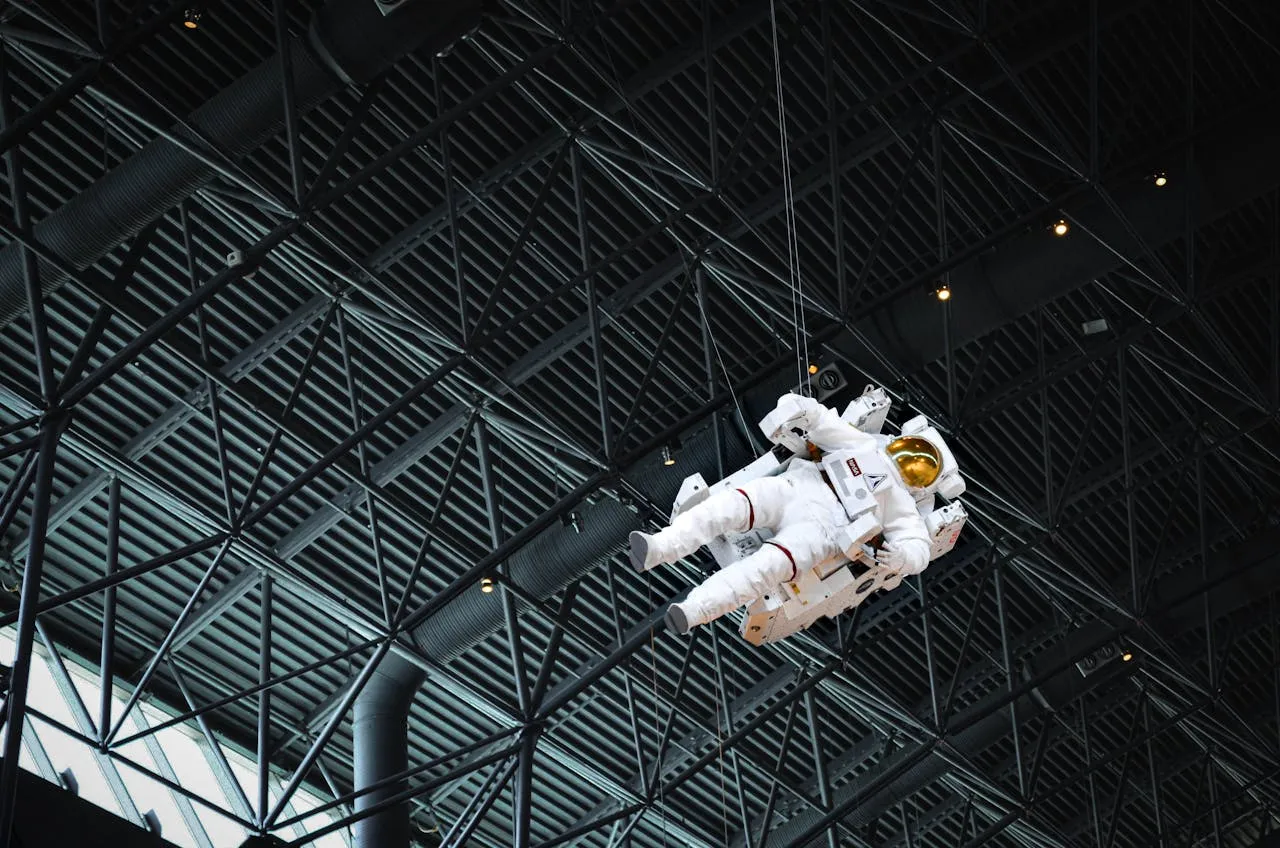
During the 75th International Astronautical Congress (IAC), Vast, a U.S.-based company specializing in space habitation technology, revealed Haven-2, its proposed successor to the International Space Station (ISS). This announcement marks a significant step in Vast’s mission to establish long-term human habitation in space. As NASA plans for the ISS’s retirement by 2030, it has initiated the Commercial LEO Destination (CLD) program, with Phase 2 winners expected to be announced by mid-2026. Vast is determined to secure this prestigious contract to create the next-generation space station, which is designed to ensure the continued presence of U.S. and international partners in low-Earth orbit (LEO).
Our primary goal this decade is to win the NASA Commercial LEO Destination (CLD) contract and develop the successor to the ISS,” stated Max Haot, CEO of Vast. “We plan to demonstrate our capabilities by constructing and operating Haven-1, the world’s first commercial space station, which is scheduled for launch in 2025.
If selected in 2026, Vast aims to have the first module of Haven-2, an evolved and NASA-certified iteration of Haven-1, operational in orbit by 2028. This expedited timeline is facilitated by Vast’s substantial private investments in the design, construction, launch, and operation of Haven-1. The initial Haven-2 module will be 5 meters longer than its predecessor, providing nearly double the livable space while utilizing the same proven systems.
Vast’s progress with Haven-1, coupled with its architecture based on established designs, positions the company as the optimal choice to protect U.S. and international partner interests in space.
After deploying the first Haven-2 module, Vast plans to construct and launch three additional modules over two years. These modules will follow the same efficient and cost-effective design, further increasing the station’s usable space, enhancing facilities, and delivering additional life support systems and consumables.
With each new Haven-2 module, Vast will incorporate more advanced and efficient life support technologies. Each module will feature expanded payload facilities while retaining the core design elements and heritage.
Andrew Feustel, a Vast advisor and seasoned NASA astronaut with over 23 years of experience, contributed to the station’s design features. He emphasized the importance of international collaboration, stating, “Haven-2 is designed for compatibility, enabling seamless integration with international partners. This vision of global cooperation in space will foster scientific and technological advancements for both current and future sovereign partners, as well as industries worldwide.”
The Haven-2 Lab will offer cutting-edge laboratory facilities to support a broad spectrum of microgravity research and in-space manufacturing. With increased volume and power capacity compared to Haven-1, the Haven-2 Lab can accommodate larger payloads and laboratory equipment, provide extensive integration options for experiments, and enhance operational flexibility, all while ensuring sufficient power and thermal control for demanding projects.
Moreover, the Haven-2 Lab meets NASA’s Basic Laboratory Capabilities for the CLD program, adhering to the highest standards for orbital research facilities.
To encourage international collaboration, the Haven-2 Lab can allocate an entire module or a specific lab space to international partners, fostering global participation in microgravity research.
Between 2030 and 2032, Vast will introduce a larger 7-meter diameter core module and four additional Haven-2 modules, fully realizing a next-generation commercial space station designed to meet the needs of international partners, NASA, commercial researchers and manufacturers, and private astronauts.
The completed station will feature an unprecedented 3.8-meter diameter cupola window, capabilities for hosting external payloads, a robotic arm, berthing for visiting vehicles, an external payload airlock, and an extravehicular activity (EVA) airlock to accommodate diverse customer requirements. Each module will also include two dome windows similar to those on Haven-1, totaling 16 windows by 2032.
Vast’s design is expected to exceed the capabilities of other proposed on-orbit space stations in terms of volume, functionality, and operational efficiency. With its unmatched capabilities, Haven-2 is set to become the benchmark for next-generation space stations, ensuring that the U.S. and its international partners remain leaders in fostering the LEO economy.
Earlier this week, Vast unveiled its final design for Haven-1, introducing innovative features aimed at enhancing productivity and advancing microgravity research. Haven-2 will build upon this visionary design philosophy.




